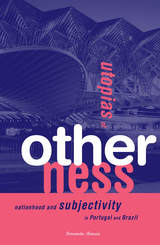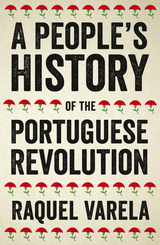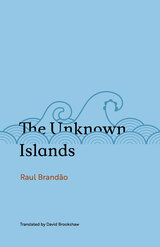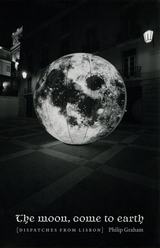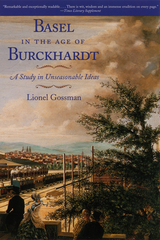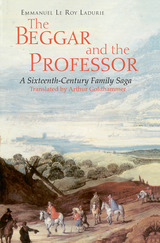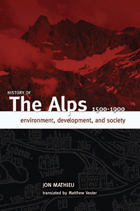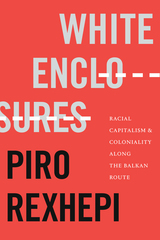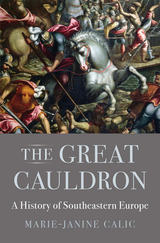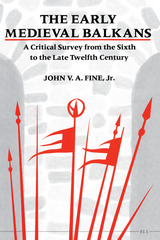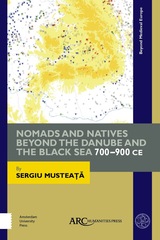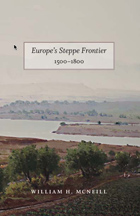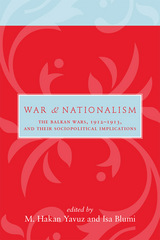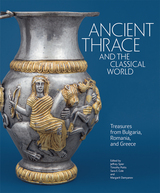Byzantium after the Nation: The Problem of Continuity in Balkan Historiographies
by Dimitris Stamatopoulos
Central European University Press, 2022
Cloth: 978-963-386-307-7 | eISBN: 978-963-386-308-4
Library of Congress Classification DR34
Dewey Decimal Classification 949.60072
Cloth: 978-963-386-307-7 | eISBN: 978-963-386-308-4
Library of Congress Classification DR34
Dewey Decimal Classification 949.60072
TOC
TABLE OF CONTENTS
Cover
Front matter
Title page
Copyright page
Table of Contents
Transliterations
Preface to the English Edition
1. The Discipline of History: Canons and Divergences
2. The Problem of Continuity: Theories of Origin and Political Imperatives
3. In the Shadow of the Empire
4. Describing the Network: The Ottoman Framework and Its Collapse
1. Manuel Gedeon’s Perception of History
2. A Periodization
3. Zambelios’s Transcendent Byzantium: From Aristotle to Hegel
4. Paparrigopoulos’s Phanariot Byzantium and French Imperial Nationalism
5. France and Russia in Constantinople: Toward an Interpretationof the Great Idea
6. Helleno-Ottomanism: The Response of Constantinople
7. Heretical Byzantium in The History of the Greek Nation
8. Iconoclasm as a Conspiracy of the Monarchy
9. Iconoclasm as Reformation
10. Gedeon’s Medieval Hellenism: The Zambelios–Paparrigopoulos Scheme and the Ottoman Divergence
11. Footnotes: The Denunciation of Helleno-Orthodoxy
12. Byzantium as a Metaphor: Greeks and Slavs
13. The Iconoclast Byzantium and the Break from Greek Historiography
14. Byzantium as a Metonymy: The Church and the Ottoman State
15. Ecumenism as a Romantic Reconstruction
16. Histories of the Ottoman Empire
1. The Canon of Bulgarian Historiography: The Origin Model
2. Bulgarians: Vandals, Illyrians, or Macedonians?
3. Drinov’s History: The Slavicization of Bulgarians
4. Krâstevich’s Thesis: The Bulgarians Are Huns (The Positive Useof Byzantine Chronography)
5. Drinov’s Thesis: The Bulgarians Are Slavs (The Negative useof Byzantine Chronography)
6. Krâstevich’s Response: The Huns Are Slavs
7. The Romantic Reconstruction of Imperial Discourse: Some Conclusions
8. Povestnost instead of Historiya: Georgi Rakovski’s Hyper-Hermeneutic Model
9. The Balkans as East: Charilaos Dimopoulos’s History of the Bulgarians
1. Konstantin Leont’ev: On the Edge of Two Epistemological Paradigms
2. Leont’ev’s Byzantism
3. The Middle Ages as Canonical Model
4. Byzantism as Imperial Discourse: The Parity of Russians and Ottomans
5. Leont’ev’s Slavism: Greeks/Bulgarians, Germans/Czechs
6. The Three Romes
7. A Romantic Reconstruction of History: The Vindication of the Persians
8. Leont’ev and Marko Balabanov: Byzantism as a Bridge
9. The Meaning of Progress and the Possibility of an Ottoman Nation
10. Byzantium and the “Groundless Accusation of Ethno-Phyletism”
11. Balabanov and Renan: “The Balkans Will Turn into a Volcano”
12. Byzantium and the Great Idea: The Serbian Perspective
13. Ivan I. Sokolov’s Byzantinism
14. Pan-Orthodox Ecumenism and Byzantinisms: Gedeon’s Two Moments
1. Namık Kemal and Renan
2. The Rupture of Pan-Islamic Ecumenism: Şemseddin Sami vs. Sami Frashëri
3. Between Ancient Greeks and Modern Europeans: Islamic Civilization as a Mediator
4. The “De-Arabification” of Islam
5. The Management of Time and Space in Islam
6. From the Islamic Ummah to the Albanian Nation: The Return of the Pelasgians
7. The Problem of Discontinuity in Albanian History
8. Konstantinos Paparrigopoulos and the Pelasgians
9. The De-Islamification of Albanian History
10. Pan-Islamic Ecumenism and Roman Byzantium: The Immanence of Empire
Chapter VI. Byzantium as Second Rome: Orientalism and Nationalism in the Balkans
1. From the Daco-Getae to the Romanians: In the Shadow of the First Rome
2. A. D. Xenopol: The Slavic Middle Ages and Phanariot Modernity
3. Nicolae Iorga’s Byzance après Byzance: Invoking the Second Rome
4. Mehmed Ziya Gökalp’s “Canon”: The Rupture with the Imperial Middle Ages
5. M. Fuad Köprülü’s “Opposition”: The Reappropriation of the Ottoman Middle Ages
6. Nationalism, the Other Face of Orientalism: The Persians’ Return
7. Kemalist Nationalism: The Prevalence of Origin over Continuity
1. Imperial Iconolaters and Nationalist Iconoclasts
2. M. Fuad Köprülü: The Iconoclasts as Muslims
3. Nicolae Iorga: The Iconoclasts as the Organizers of National Discourse
4. The Icon as the Hegemon’s Representation
5. Historiographical Divergences and the Empire’s Memory
Bibliography
Index
Back cover
See other books on: Balkan Peninsula | Byzantine Empire | Continuity | Problem | Turkey & Ottoman Empire
See other titles from Central European University Press
Nearby on shelf for History of Balkan Peninsula / History. Balkan War, 1912-1913:
9780816638178
9781606069400

